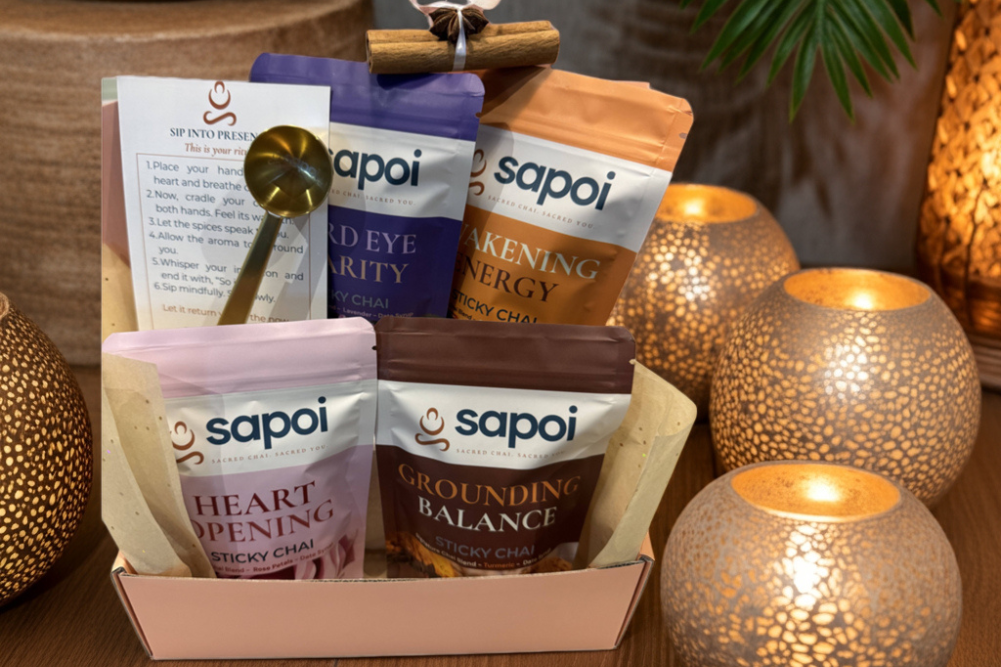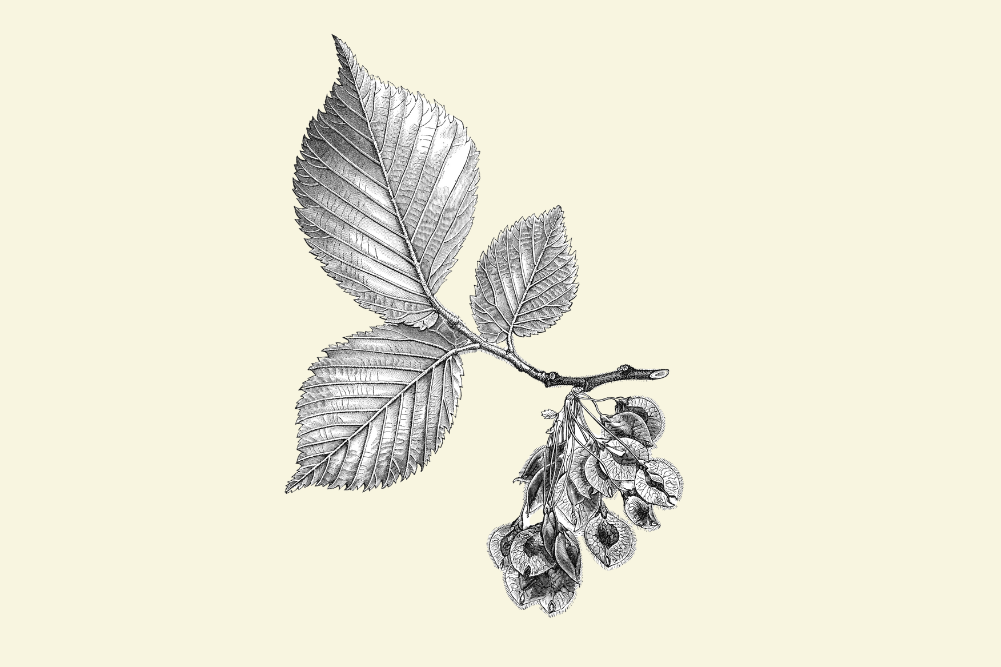How to treat your allergies with homeopathy
Allergies are reactions to normally harmless everyday substances that don’t bother other people. In Australia, between 1993 and 2002, the number of children diagnosed with eczema almost doubled and one study reported a 12-fold increase in food allergies. It is reported by the Australasian Society of Clinical Immunology and Allergy that Australia has one of the highest rates of allergic problems in the developed world. The Australian Bureau of Statistics National Health Survey reported hayfever as the most common health condition suffered by young people aged 15 to 24. New Zealand also has allergy problems, its rates of pollen allergies among the highest in the world.
Since our health issues have become so complicated, people want to know why this huge allergy increase is happening. One theory, dubbed the Hygiene Hypothesis, suggests the overuse of chemical cleaning products, unwarranted hygiene, antibiotics and vaccinations in developed countries leave the immune system with little to do. As a result, the body over-reacts, turning against minor irritants.
It appears that children who experience the childhood diseases and are exposed to animals are protected against allergic disease by the development of T helper cells (Th1). This is important since Th1 cells favour IgA and IgG immune responses, which do not result in allergic or histamine reactions.
The good bacteria we need to support the immune system and maintain the balance of our internal environment are depleted by the denatured food we eat and the use of antibiotics. Without these friendly micro-organisms to protect us, so many of the misguided ways we eat, sleep, give birth and medicalise our health are that much more of an assault on the immune system.
It’s true that the rapid increase in allergies is a modern phenomenon; overall, our health is compromised by many environmental factors, such as smog in the air, artificial lighting and electromagnetic interference from appliances and mobile phone towers. However, the concept of allergies has been recognised as far back as the time of Hippocrates when he noticed that cow’s milk caused stomach problems in some people and not in others.
Immunity “gone wrong”
Coming in contact with a disease-producing micro-organism is supposed to enable an individual to build up antibodies for future protection against the same disease. In allergic cases, the body loses the capacity to some extent to tell the difference between harmless substances and harmful ones, against which it should make antibodies. As a result, the body can mount a full-scale histamine immune response to such innocent triggers as seafood and peanuts.
Stress and emotional conflicts may also be important factors in the appearance of allergic problems and, as a result, allergies may be described as stress-related disorders.
Homœopathy for allergies
Treating symptoms and avoiding known allergens is important, but it also makes sense to strengthen the body’s own defence system. Homœopathy is a medicine that assumes there is more underlying the problem of allergies than just the presence of the allergen (seafood, cat hair and so on). It is the allergen that triggers the response, but the constitution of the individual allows the allergic response to happen. Therefore the constitution needs treatment.
Someone’s constitution can be described as their ability to remain healthy and withstand hardship. “He has the constitution of an ox.” A homœopathic medicine is called a remedy because homœopathy hopes to remedy the health problem, starting with the constitution. If homœopathic remedies are given for the constitution, the general wellbeing is raised in many ways. Homœopathy works on the whole body, physical and emotional, and has an established track record in helping people to strengthen their systems.
Solid research has proven the effectiveness of homœopathic medicines in treating hayfever. Dr David Taylor-Reilly, a professor and highly respected homœopath at the University of Glasgow, published a study in the Lancet, showing that homœopathy was successful in reducing hayfever symptoms when compared with placebo.
The same professor published another study on the homœopathic treatment of asthma. Many different allergens may trigger an asthma attack so this double-blind, placebo-controlled, randomised trial performed conventional allergy testing to determine what substance asthma sufferers were allergic to. Then half of the subjects were given a placebo while the other half were given a homœopathic preparation of this substance. Those people given the homœopathic medicine experienced a very significant improvement in their symptoms of asthma. This is a homœopathic version of the medical desensitisation program.
Desensitisation
In medical desensitisation, the person is given small injected amounts of a particular allergen to build immunity to it. This means that when there is exposure to the allergen in the future, there is a reduced allergic response. This works by altering the abnormal immune responses that cause allergy.
It has been concluded that homœopathic doses of allergens also work by altering abnormal immune responses. Homœopathic doses are not given by injection; they are given orally and taste pleasant. This is an advantage when treating young children, who are generally hard to convince of the benefits of injections.
Homœopathy is also a good option for older people when desensitisation may not be recommended as they may have a reduced capacity to cope with side-effects.
Like cures like
Homœopathy is a holistic system of medicine with about 3000 different remedies made from a wide variety of substances. Around the world, the remedy made from onion is probably the most commonly used example of “like cures like”, which is the basis on which every homœopathic remedy works. A cut onion causes symptoms of hurting eyes and tears. So when an onion is made into a remedy it is capable of treating those very ailments when they occur as part of, for example, conjunctivitis or allergies. Examples of “like cures like” are:
- Allium cepa (onion) is given for burning, running eyes and hayfever or conjunctivitis which is similar to what happens to your eyes when you cut an onion.
- Apis mellifica (honey bee) is given for puffed-up, red, rosy swelling in allergic reactions, which is similar to the effects of a bee sting.
- Coffea cruda (coffee) is given for nervous sleeplessness from a rush of ideas, which is similar to the effect of drinking too much coffee.
- Natrum muriaticum (common salt) is given for extra thirst, dry mouth, dry skin and fluid retention, similar to the effects of eating too much salt.
Homœopathic options
There are three options available in homœopathic allergy treatment. First, some people may benefit from treatment with the homœopathic desensitisation protocol, which involves giving ascending homœopathic doses of the allergen.
Second, constitutional homœopathic treatment will strengthen the whole person, including their emotions, response to stress, quality of sleep, digestion and immune system.
Third, there are remedies that can be given according to symptoms at the time of allergy outbreaks. These acute remedies would be given alongside constitutional treatment.
A homœopathic plan for prevention would be: learn how to use acute remedies for problems that arise at Home; strengthen your whole system with constitutional treatment by consulting a homœopath; and ask them if homœopathic desensitisation is suitable for you.
Acute remedies
Don’t wait until symptoms deteriorate; try a remedy early for acute symptoms. Acute remedies play a valuable role in treatment of allergies, but it’s wise to follow up with constitutional strengthening from a homœopathic consultation. These acute remedies are available from homœopaths and some healthfood shops. They have been used for 200 years with thousands of case reports of effectiveness around the world. Here are some examples of these remedies.
Allium cepa
Commonly prescribed for respiratory allergies, Allium cepa is made from onions. Onions are known to cause burning eyes and a runny nose, so when onions are turned into a homœopathic remedy it becomes effective in treating these symptoms. Specifically, people who will benefit from Allium cepa experience a profuse, burning discharge from the nose that’s worse in a warm room and better in the open air. They have abundant tears with reddened eyes and rub their eyes frequently. They have a raw feeling in the nose with a tingling sensation and violent sneezing. A frontal congested headache may come at the same time as their allergy symptoms.
A 17-year-old girl who was studying for her HSC presented for homœopathic treatment with her third episode of sinusitis that year. She didn’t want to take antibiotics again because, although they had helped with the first episode, she found the problem had lingered. The sinus pain was interfering with her ability to concentrate, so she was anxious about finishing her study. The headache started in her forehead, extended down to her eyes and face and was making the bones in her face feel numb. Her eyes and nose were streaming, making her feel miserable.
The homœopathic remedy Allium cepa matched her symptoms and she was told to take it every four hours for two days, then once a day for four days. After the first two doses she felt happier in herself and the pain had eased. With the remedy, the whole episode was relieved after two days without the use of decongestants or antibiotics. This time, the problem did not linger and she could continue with her study.
Euphrasia
Euphrasia will help when the person finds their eyes water so much they look as if they have been crying. The whites of the eyes and the cheeks become reddened from the burning tears and are worse in the open air. The profuse, bland nasal discharge is worse in windy weather, during the night and while lying down.
Arsenicum album
Burning tears and a burning runny nose or burning eczema are part of the symptoms related to Arsenicum album. These people’s symptoms are worse around midnight. At night, they toss and turn in bed and are especially anxious during breathing difficulties. They usually have a great thirst but only for little sips at a time.
Nux vomica
When a stressed allergy sufferer is irritable, demanding and chilly and has a nasal discharge pouring during the day but with congestion at night, Nux vomica may be the remedy they would benefit from. Their symptoms tend to be worse indoors and better in the open air. They are sensitive to the cold and to being uncovered. Frequent sneezing may be experienced. Such is their self-imposed workload that their symptoms might begin after being upset or tired from work.
Pulsatilla
People needing this remedy have a runny nose during the day and a blocked nose at night (just like people who need Nux vomica). However, Pulsatilla is effective on those who are gentler in their nature and tend to give in to others’ demands easily. By contrast, irritability is more common when Nux vomica is indicated. People who need Pulsatilla have congestion that’s worse in a warm room or while lying down and is relieved in cool rooms and the open air. They tend to have itching at the roof of the mouth at night.
Rhus tox
Rhus tox is used for problems with little blisters that break out from allergic reactions to grasses and other plants after gardening. It’s especially needed by people whose symptoms are markedly worse at night with extreme restlessness when trying to sleep. There may be redness and swelling of the affected part with intolerable itching, even around the eyes, and inflammation of the joints.
Triads: cutting-edge homœopathy
When a remedy is used successfully for acute symptoms it’s a good pointer towards what kind of constitutional remedies may be of help later on. Remedies tend to be needed in a pattern. The very latest homœopathic treatment methods may involve giving remedies in a sequence of three. This idea was once a strong part of classical homœopathy and has found favour again because it is beneficial for the very complex modern cases with many allergies. There are several different examples of remedy triads:
- Allium cepa, Phosphorous, Sulphur
- Arsenicum, Pulsatilla, Calc carb
- Arsenicum, Nux vomica, Sulphur
When one remedy has done all it can, it’s valuable to know of another remedy that is likely to follow and complete its action. When this is a known relationship, the remedies are said to be complementary; for example, remedies complementary to Nux vomica are Lycopodium, Sepia, Nit ac, Phos, Sulphur and Kali carb.
Clearly, this kind of prescribing is best left to the trained professional, but many of the acute remedies are easy enough to use at home. To find a homœopathic practitioner in your area, consult the Australian Homœopathic Association www.homeopathyoz.org or in New Zealand the New Zealand Council of Homœopaths (www.homœopaths.co.nz).
A case study
Margot reported cheerfully that on her annual camping holiday she’d had no hayfever. For the past four months, 46-year-old Margot had been on a homœopathic treatment for asthma and bronchitis, yet it seemed her hayfever was better now, too. The hayfever generally came on every year when the family went camping in the bush. The sneezing was worse in spring and worse on hot and windy days with swollen, puffy, red, itchy, weepy eyes and a feeling of being blocked in and cut off. In the past, when she sneezed a lot, all she wanted was to lie down and put a pillow over her head. Before going on holiday she was feeling well. Some days she forgot to take her asthma puffer and her stamina had also improved. It seems the all-round benefit she felt had worked on the hayfever as well and, much to her surprise, she didn’t need a separate hayfever remedy.
Linlee Jordan can be contacted at the Harbord Homœopathic Clinic 61 2 9905 9415. Linda Beaver can be contacted at the Newtown Homœopathic Centre 61 2 9516 5300.







